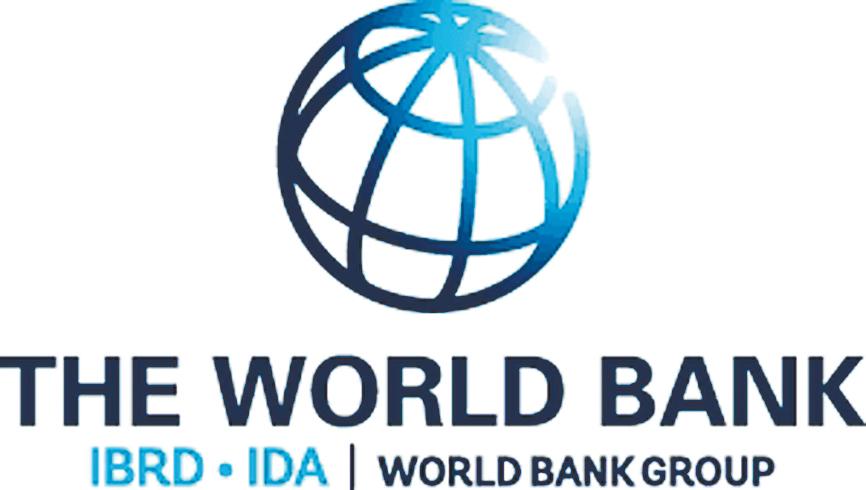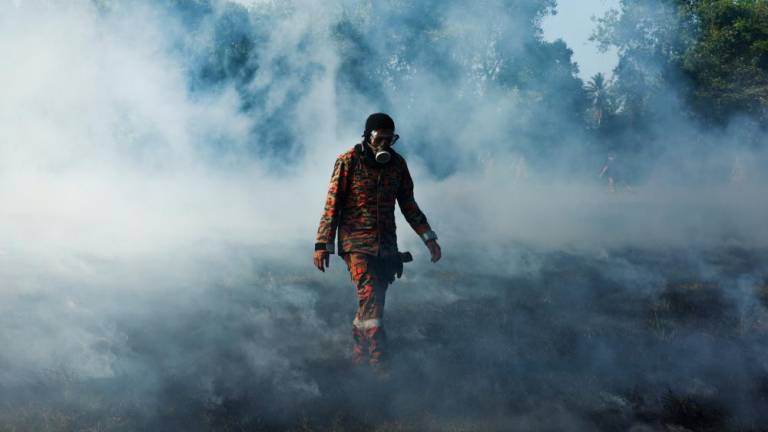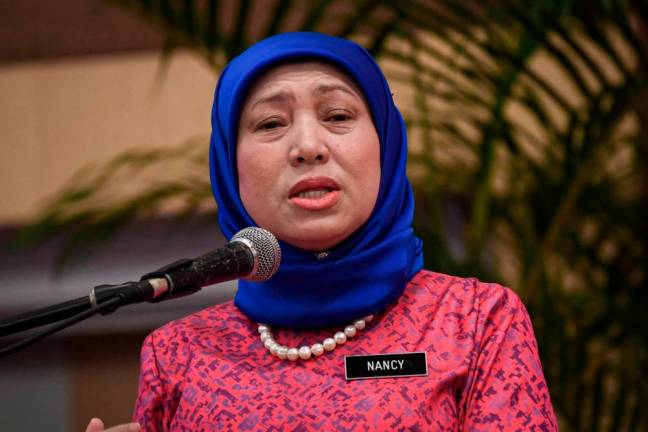PETALING JAYA: The World Bank has anticipated a larger gross domestic product (GDP) contraction for Malaysia of -4.9% in 2020, down from -3.1% previously, on the back of a sharper-than-expected contraction of -17.1% in its second quarter GDP this year.
“This change in the forecast reflects the heightened uncertainty surrounding the start and speed of the global recovery, which would weigh on investment decisions and external demand,” it explained in its October Economic Update for East Asia report, ‘From Containment to Recovery’.
The World Bank said the elevated unemployment rate and other weaknesses in the labour market would continue to weigh on private consumption.
“Reflecting these developments, most demand components (net exports, private consumption and private investment) are expected to contract in 2020.”
Furthermore, it said, the possibility of a more protracted than expected global recovery could continue to hamper investment decisions and further suppress external demand is one of the key challenges for Malaysia amid the Covid-19 pandemic.
In addition, it said, prolonged restrictions on international travel would weigh on the tourism sector, while political uncertainty, including the possibility of a near term general election, will continue to weigh on private investment sentiment and could stall the progress of the recovery effort.
On the whole, the World Bank opined that the risk to Malaysia’s outlook is firmly tilted to the downside.
“Malaysia entered the outbreak with limited fiscal space due to a persistent decline in government revenue since 2012 and increased expenditure rigidity. This constrained the magnitude and quality of the fiscal response to the outbreak,” it said.
This has led to the government relying more on monetary and financial sector forbearance. Thus, the World Bank said, the number of vulnerable households is likely to increase owing to higher unemployment and uncertainty over the outcome of the pandemic and these households will require continued financial support during the recovery.
It also noted that private consumption declined sharply due to lower household income, movement restrictions and subdued consumer and business sentiment, while a heightened uncertainty affected business sentiment and resulted in a large decline in private investment.
“Following the economy-wide temporary closures and reduced business operations, the labor market was also significantly impacted, with unemployment rising to 5.1% in 2Q’20, its highest rate in thirty years,” said the World Bank.
Meanwhile, unofficial government statistics indicate that nearly half of the self-employed were put out of work and inflation has been negative since March, consistent with the contraction in output.
The current account surplus narrowed, compared with a year ago, from 3.9% in second-quarter 2019 to 2.5% of GDP in second-quarter 2020.
“At the onset of the pandemic, the rise in investors’ demand for safe assets led to portfolio outflows, causing the ringgit to depreciate against the US dollar,” said the World Bank.
To limit the economic impact of the MCO and to support the recovery process, the government rolled out the Prihatin package and the Penjana economic recovery plan, which include disbursements of cash, a wage subsidy programme and the reduction of the workers’ minimum contribution to the Employees Provident Fund, it noted.
“To also support economic activity, Bank Negara Malaysia lowered the OPR by 125 basis points in total since January and reduced the statutory reserve requirement to 2%. The response has also included significant regulatory forbearance as well as a large-scale loan repayment moratorium.”
To address the pandemic’s economic impact, Parliament has approved an emergency measure that allows for the suspension of several statutory limits on debt and spending until 2023.
“In July, the real value of the national poverty line was increased for the first time in more than 40 years,” said the World Bank.
At the new line, poverty declined from 7.6% in 2016 to 5.6% in 2019, based on a 2019 national survey. It reported an increase in income inequality since 2016, with the Gini index increasing from 39.9 to 40.7 and the income share of the bottom 40% falling from 16.4% to 16%.
The World Bank said a majority of households have enough savings to live on for only one to two months, a special Covid-19 impact survey conducted in March showed.










